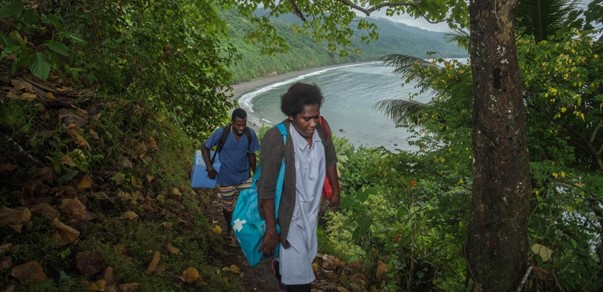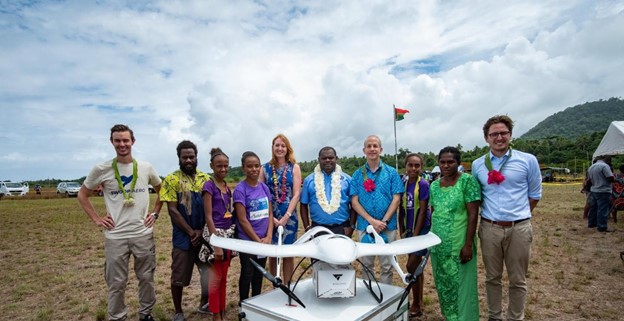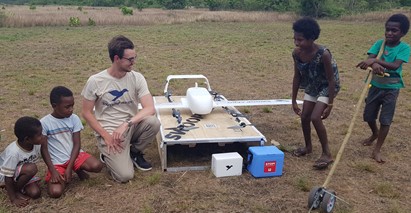Vaccines have been one of the greatest health interventions of modern times, saving millions of lives around the globe. However, delivering viable vaccines to all children in less developed countries (LDCs) is a major challenge due to the poor or non-existent transport infrastructure and the inability to maintain the low temperature “cold chain” required for many vaccines.
Drones (unmanned aerial vehicles or UAVs) have the potential to save the lives of children in LDCs by improving the vaccine supply chain. As part of a multi-modal vaccine distribution system, drones provide fast transportation of vaccines to remote locations with little or no infrastructure. Drones also free healthcare workers from travel to and from vaccine storage locations, allowing them to provide more healthcare to those in need.
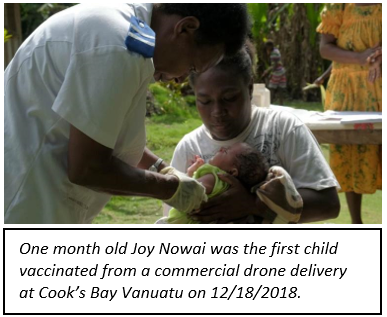

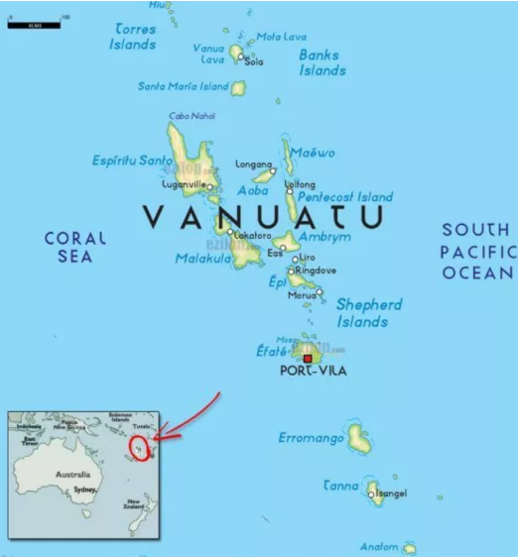
An UMSL team, with funding from the Association of Supply Chain Management (ASCM) is conducting research on optimizing drone delivery of routine childhood vaccines in LDCs, using data from Vanuatu. The research models both long-range (500 km) large payload fixed-wing drones and small short-range hybrid drones in a multi-modal vaccine supply chain.
Researchers have developed new models to optimize monthly distribution of childhood vaccines from national vaccine depots through distribution centers to remote clinics and aid posts.

Solution Illustration: This map shows an optimal multi-modal vaccine delivery network for Tafea Province in Vanuatu. The green arc (at top) is airplane travel, the blue arc is boat travel and the magenta arcs are small drone flights. Vaccines from the national depot in Port Vila (140 km north of this map) arrive in Tafea at node 10 on Erromongo Island via airplane. At node 10 a drone takes 6 liters of vaccine to a relay station (RS) at node 4 (on Tanna Island), and then on to remote islands (nodes 12 and 13). The remaining vaccine at node 10 (59 liters) travels by (slow) boat (blue arc) from node 10 to node 1 on Tanna Island. Node 1 is a drone base that sends vaccine via drone flights to nodes 5, 6, 7 and 11.
In this network, an empty drone flight from node 1 to node 10 repositions the drone to avoid opening a second (expensive) drone base at node 10. Also, note that serving nodes 12 and 13 by drone from node 1 would violate the cold chain due to the long boat trip 10-1.
